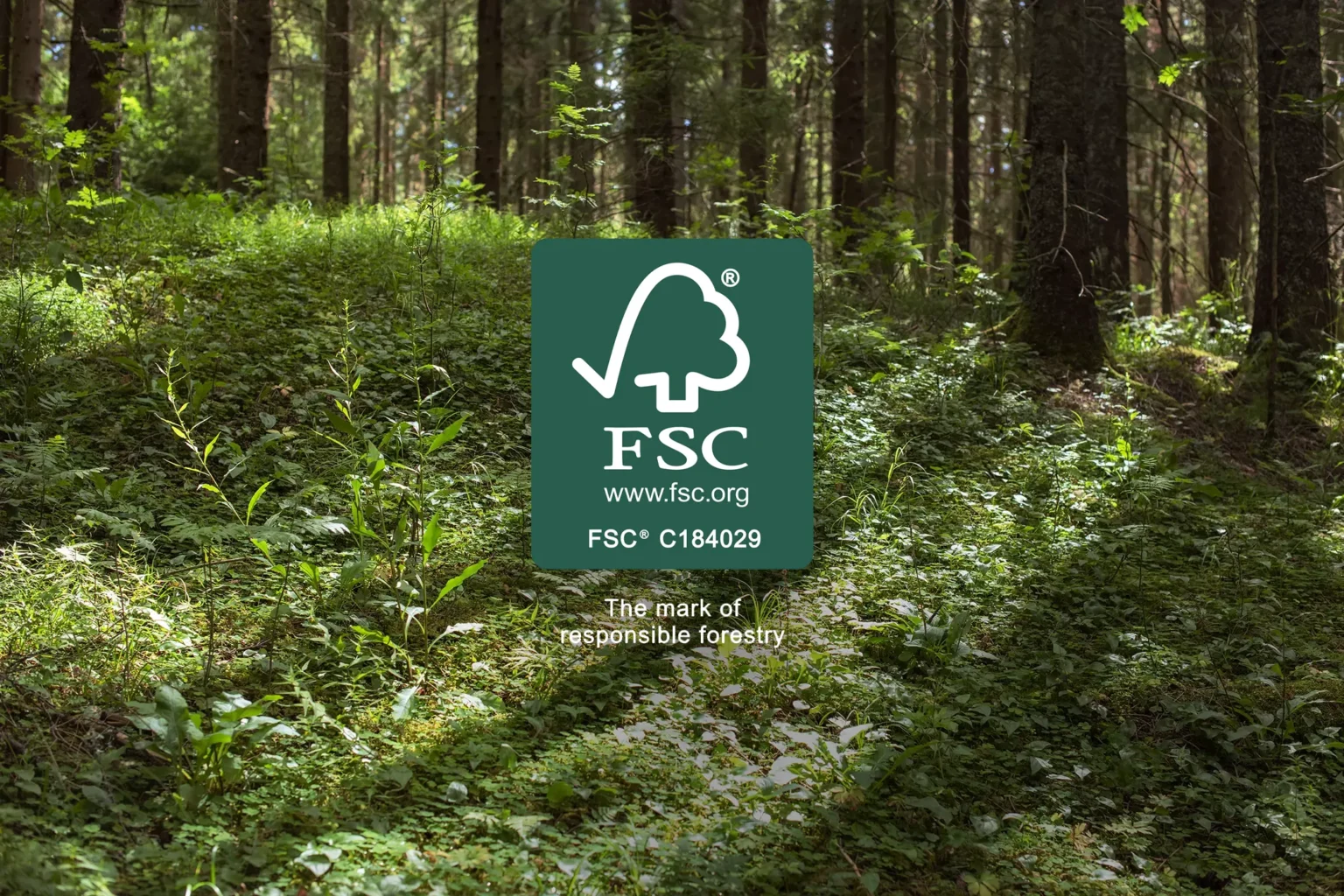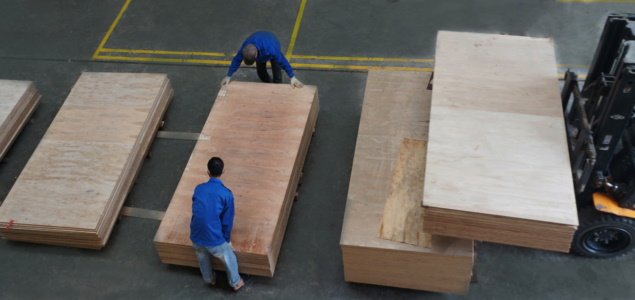The FSC certification, overseen by the Forest Stewardship Council, plays a crucial role in verifying the origin of wood and ensuring sustainable practices. The article also mentions the efforts of Vietnamese businesses, such as Hoa Phat, to invest in FSC-certified wood areas. Additionally, it outlines the rise in the FSC-certified forested area in Vietnam and the country’s position as a major global exporter of wood and wood products. The wood industry is striving to align with government commitments for sustainable and legal raw materials, and FSC certification is seen as a key element in this pursuit.

Expanding cultivated forests to secure a consistent raw wood supply for the timber processing sector is essential to achieving the goal of reaching USD 17.5 billion in wood and forestry product exports by 2024. During a seminar titled “FSC Certification System: Current Usage of Products and Development Trends” held in Hanoi on December 29, Mr. Tran Le Huy, Vice Chairman and Secretary-General of the Binh Dinh Wood and Forest Products Association, highlighted the constrained availability of FSC-certified wood from local planted forests.
FSC-endorsed products predominantly center around furniture, compressed wood, and wood pulp.According to Mr. Huy, the domestic wood supply is insufficient for the production needs of exported wooden products, and there is also a lack of FSC-FM certification. Meanwhile, European and American requirements mandate the use of 70% FSC-certified materials and the remaining 30% from responsibly sourced wood.
FSC, which stands for the Forest Stewardship Council, is a forest certification program overseen by this organization. The FSC certifications include FSC-FM, representing wood originating from sustainably managed forest areas, and FSC-CoC, encompassing the supply chain from harvesting to the final product, ensuring that materials are derived from responsibly managed forests throughout the production process.
Presently, in several developed nations globally, FSC certification is a prerequisite for introducing wooden products to consumer markets. Hence, for Vietnamese wood products to carve a significant niche in the market, particularly when targeting major markets like the United States, immediate adjustments are imperative.
Vietnam holds a significant position as a global exporter of wood and wood products. Choices made by buyers concerning the legality of wood sources and the insistence on FSC certification are reverberating throughout the entire supply chain. Within Vietnam, numerous enterprises have committed investments in FSC-certified wood material zones to strategically capitalize on market opportunities. Hoa Phat, exemplifying this trend, has entered into partnerships with forest-growing households, fostering a production capacity of 15 thousand tons per year in its expansion of FSC-certified wood areas.
The FSC-certified forested area in Vietnam has seen a notable rise in recent years. By December 2023, the Forest Stewardship Council (FSC) will disclose that the certified forested area spans approximately 282,960 hectares, representing roughly 64% of the overall planted forest area in Vietnam. Presently, the export revenue from FSC-certified wood and wood products for the initial 11 months of 2023 has achieved USD 226.85 million, as reported by the General Department of Customs.
The wood industry is striving to cultivate legal and sustainable raw materials, aligning with the government’s pledges and initiatives for the Net Zero objective by 2050, as highlighted at the COP 26 conference. Beyond the demands of significant export markets, the emphasis on utilizing legal wood, particularly FSC-certified wood, signifies the sustainable and enduring developmental path for Vietnam’s wood industry.
Ms. Vu Thi Que Anh, representing FSC in Vietnam, underscores the importance for businesses to enhance their capabilities and stay abreast of FSC’s latest standards, guidelines, and market trends. This ensures a cost-effective source of raw materials and a secure supply chain with traceability.
Ms. Que Anh underscores the significance of establishing connections in the supply chain to guarantee a reliable source of raw materials for production. This is crucial for meeting the stringent requirements of major export markets like the EU, North America, and Japan, where growing demands for wood traceability are evident in initiatives such as EUDR and FSC certification.
Meeting the rising demand for certified wood products, Ms. Que Anh highlights the necessity for increased engagement from the government, relevant ministries, and local authorities. This is especially crucial for export businesses to strike a balance between processing capabilities and the planted forest material region.
The FSC certification offered by this organization serves to authenticate the source of wood, guaranteeing lawful harvesting procedures and environmentally compliant production. Forest managers or producers of forest-based products are required to adhere to these standards to ensure sustainable development and a harmonious balance between environmental conservation (forests) and the social benefits of all stakeholders.
10 FSC Certification Principles
Principle 1: Adherence to laws and principles outlined by the FSC organization. Forest management activities should show respect for the prevailing laws in each host country, along with international agreements and treaties endorsed and participated in by the host country, while conforming to all principles and criteria established by the FSC organization.
Principle 2: Acknowledgment of rights and responsibilities in the management and utilization of forest resources. The rights to use and derive benefits from land and long-term forest resources should be precisely outlined and legally acknowledged.
Principle 3: Rights of Indigenous Peoples. The legal and traditional rights of indigenous people to own, use, and manage land and resources are acknowledged and honored.
Principle 4: Community Relations and the Rights of Forestry Citizens. Forest management activities aim to sustain or improve the economic and social well-being of forestry workers and communities over the long term.
Principle 5: Securing Benefits from Forest Resources. Forest management practices promote the effective utilization of diverse forest products and services to guarantee economic advantages and substantial environmental and social benefits.
Principle 6: Guaranteeing Oversight of Environmental Impacts. Forest management activities should safeguard biodiversity and its significance in terms of water sources, soil resources, and the distinctive ecosystem. This ensures the preservation of the ecological functions and integrity of the forest.
Principle 7: Plans for Land Use Management. Forest management plans must align with the scale, and the intensity of management must be defined, executed, and consistently revised.
Principle 8: Surveillance and Evaluation. Surveillance operations should align with the scope and density of forest management to grasp the state of the forest, forest products, supply chains, management activities, and the environmental and social consequences of these activities.
Principle 9: Preservation of High Conservation Value Forests. Management practices within high-conservation-value forest areas must either sustain or enhance the characteristics that define these forest types. Decisions concerning high-conservation-value forest areas should consistently prioritize preventive measures.
Principle 10: Safeguarding Planted and Regenerated Forest Stands.
Source: goviet.org.vn





